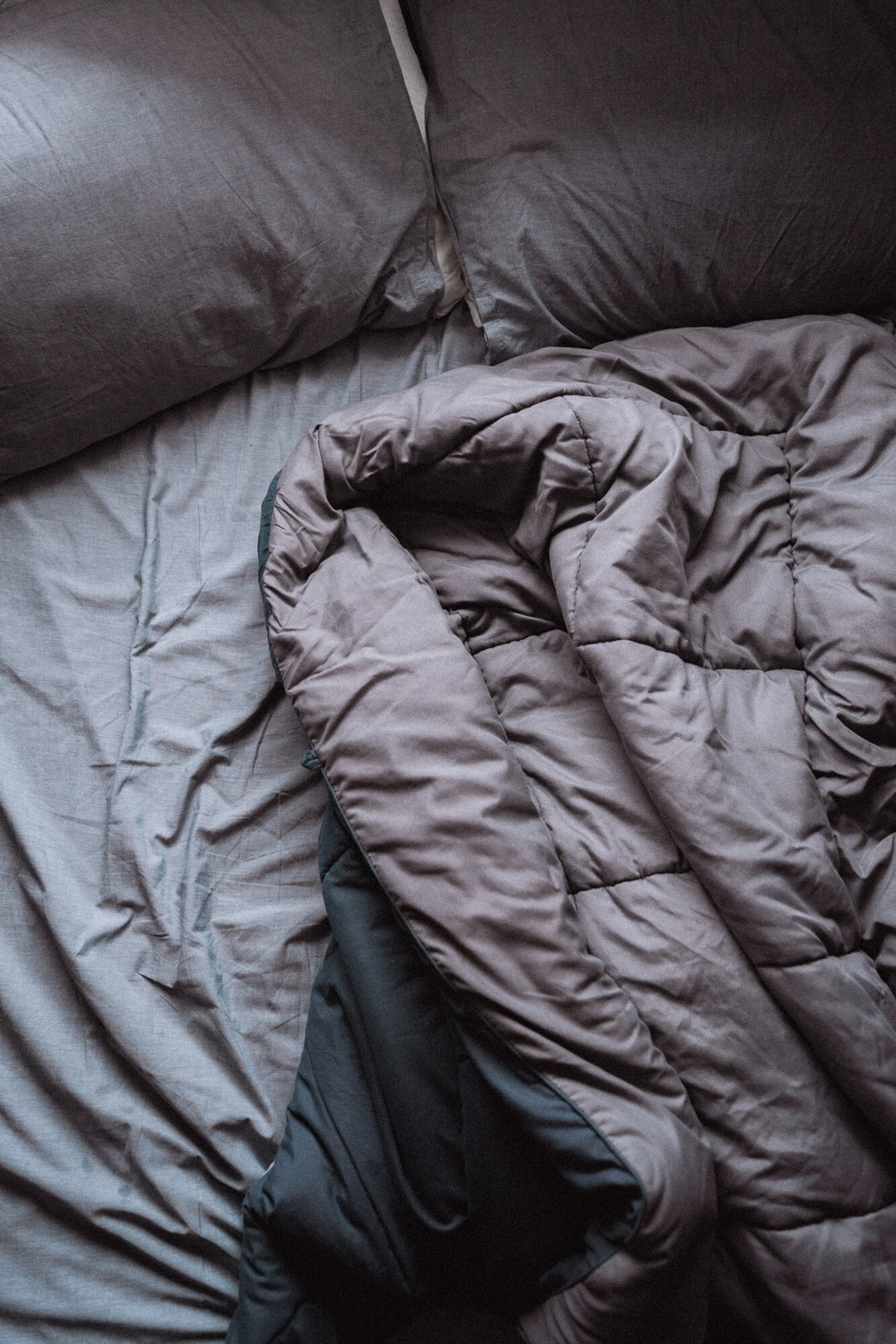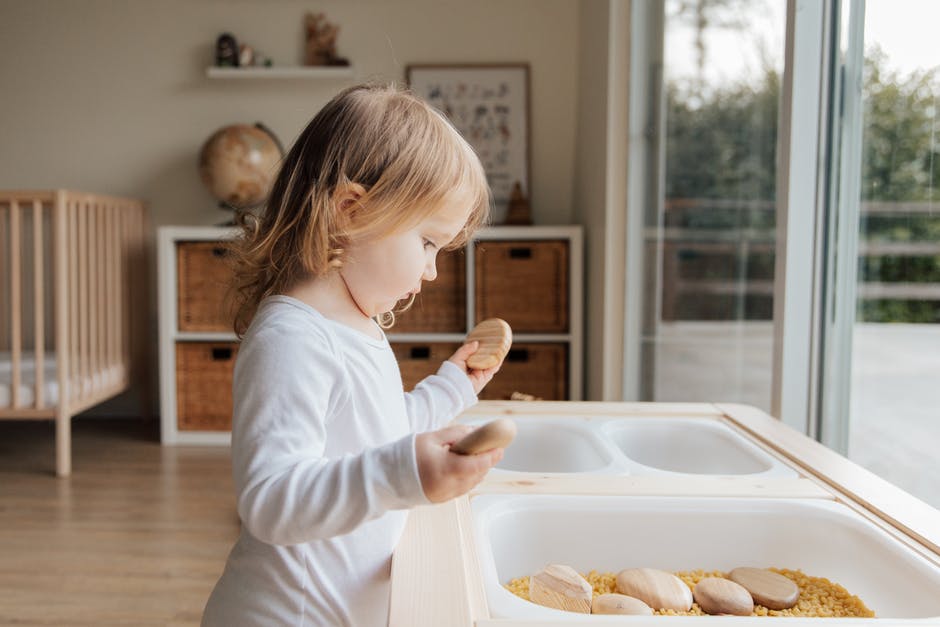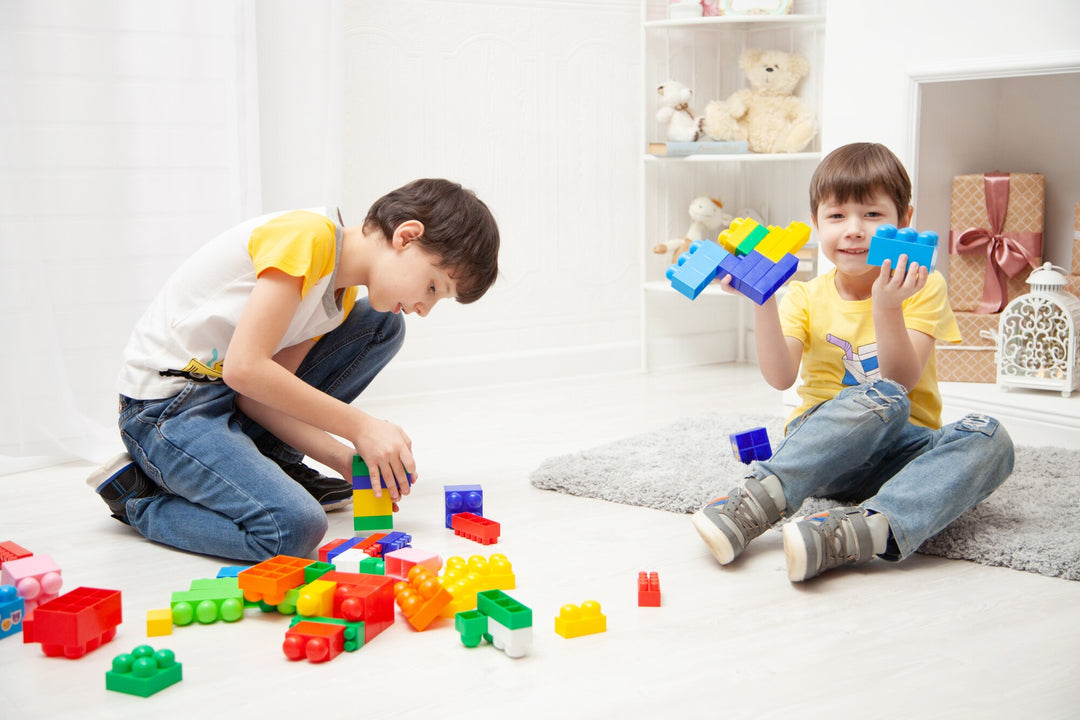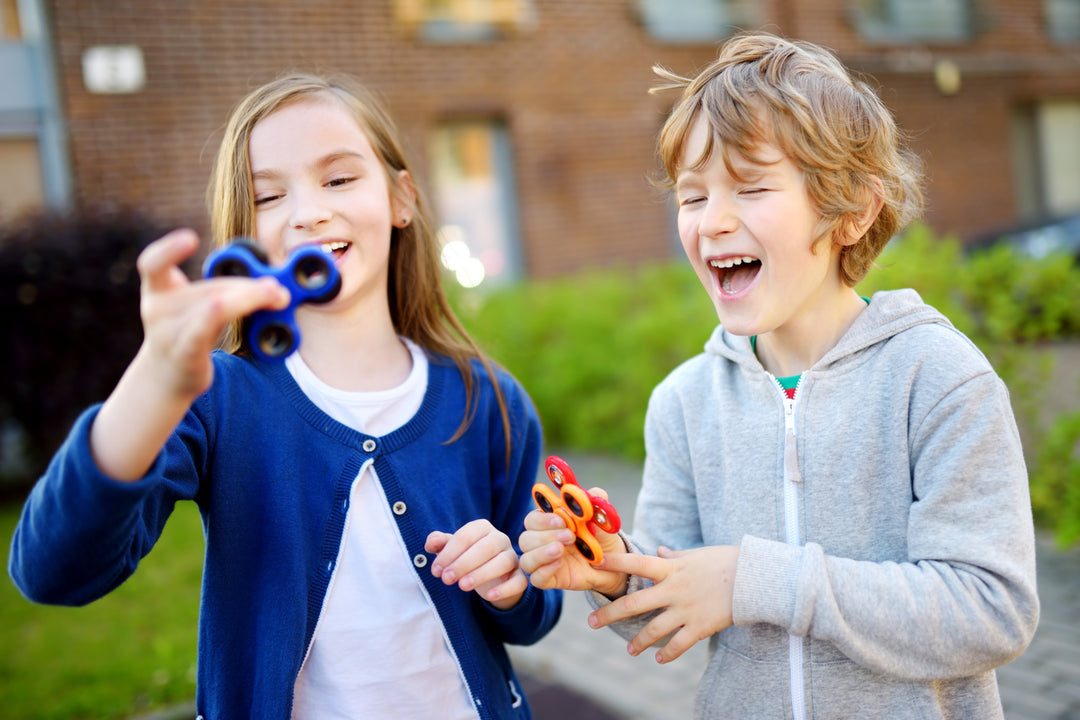The Benefits of Encouraging Barefoot Play at Home

Allowing children to play barefoot at home offers numerous developmental advantages, from enhancing motor skills to fostering sensory awareness. Integrating barefoot play into your child's routine, especially on safe surfaces like foam play mats, can significantly contribute to their physical and cognitive growth.
1. Enhances Motor Skill Development
Barefoot play enables children to engage the intricate muscles, ligaments, and nerves in their feet, promoting optimal activation and strengthening of these structures. This natural engagement supports the development of arches, bone and muscle strength, and ligament flexibility and stability, which are crucial for overall motor skill development.
2. Improves Balance and Coordination

Playing without shoes allows children to directly feel the ground, enhancing their proprioception—the awareness of body position and movement. This heightened sensory input improves balance and coordination, as children can adjust their movements more precisely. A study comparing children in Germany and South Africa found that those who spent more time barefoot exhibited better balance and jumping skills.
3. Strengthens Foot Muscles
Regular barefoot activity encourages the natural development of foot muscles, leading to stronger and more resilient feet. This strength contributes to better posture and reduces the risk of developing conditions like flat feet. Engaging in barefoot play on various surfaces stimulates muscle growth and adaptability.
4. Enhances Sensory Perception
Direct contact with different textures and surfaces during barefoot play stimulates the sensory receptors in children's feet. This stimulation enhances sensory perception and integration, aiding in the development of the nervous system and improving the ability to process sensory information.
5. Promotes Natural Gait Development
Walking and playing barefoot encourage a natural gait pattern, allowing children to develop proper walking mechanics. This natural movement fosters better alignment and reduces the likelihood of developing gait abnormalities.
6. Boosts Immune System
Exposure to various surfaces and environments during barefoot play can strengthen the immune system by allowing children to build resistance to different microbes. This exposure promotes a healthy immune response and resilience.
7. Encourages Mindfulness and Connection to Environment
Barefoot play fosters a deeper connection to the environment, encouraging mindfulness as children become more aware of the textures and sensations underfoot. This awareness enhances their interaction with the world around them.
Creating a Safe Environment for Barefoot Play

To maximise the benefits of barefoot play, it's essential to provide a safe and clean environment. Utilising foam play mats, such as those offered by Sensory Assist, can create an ideal surface for barefoot activities. These mats offer cushioning and protection, reducing the risk of injuries while allowing children to experience various textures.
Selecting the Right Play Mat
When choosing a play mat for barefoot activities, consider the following:
- Material: Opt for non-toxic, hypoallergenic materials to ensure safety.
- Thickness: A padded play mat provides adequate cushioning for jumps and falls.
- Texture: A mat with a slight texture can enhance sensory stimulation without being abrasive.
Sensory Assist offers a range of soft play mats and children's foam mats designed to support safe and engaging barefoot play.
Incorporating Barefoot Play into Daily Routine

- Designate a Play Area: Set up a specific area in your home with a suitable mat for barefoot activities.
- Encourage Exploration: Allow children to explore different textures and surfaces safely.
- Supervise Activities: Ensure that the play area is free from hazards and supervise younger children during playtime.
By thoughtfully integrating barefoot play into your child's routine, you can support their physical development and sensory growth in a safe and enjoyable manner.













